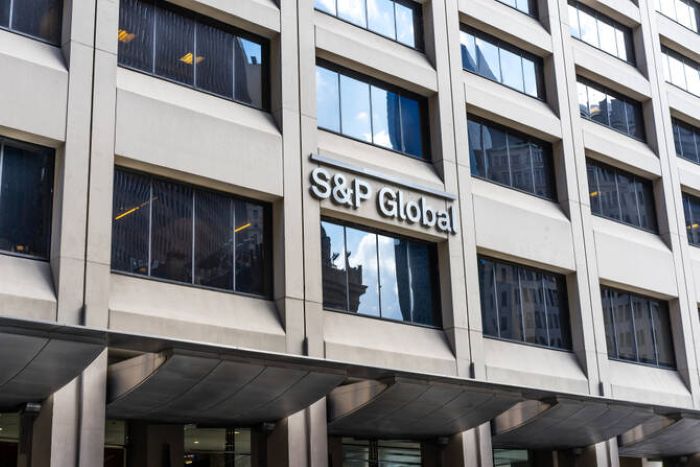(3 Minutes Read)
The headline PMI, which measures business activity across the non-oil private sector, fell to 49.2 in March from 50.1 in February, signaling a mild contraction.
Egypt’s non-oil private sector experienced its first contraction of 2025 in March, marking a significant downturn in business conditions.
The latest data from the S&P Global Egypt Purchasing Managers’ Index (PMI) revealed a decline in operating conditions, driven by reduced demand that led companies to scale back their operations and purchasing activities.
The headline PMI, which measures business activity across the non-oil private sector, fell to 49.2 in March from 50.1 in February, signalling a mild contraction.
The contraction came after a period of improvement in January and February, where business conditions had been more positive.
According to David Owen, Senior Economist at S&P Global Market Intelligence, a key factor in this downturn was weak demand, which resulted in companies cutting back on both business activities and purchases.
As a result, firms showed a subdued outlook, with output expectations reaching one of the lowest levels in the survey’s history. Despite the overall downturn, the construction industry showed resilience, with robust growth in output and new work, contrasting with the more subdued performance of manufacturing and wholesale & retail sectors.
Read Also:
https://trendsnafrica.com/egypts-industrial-production-marginally-up/
The PMI survey also indicated a notable easing of inflationary pressures, with input costs rising only marginally and at the slowest pace in nearly five years.
Purchase prices increased modestly, with a stabilisation of the Egyptian pound against the US dollar helping to alleviate some inflationary pressures.
As a result, businesses raised their selling prices only slightly, continuing the trend of the first quarter of 2025, which saw the lowest average selling price increases in four years.





